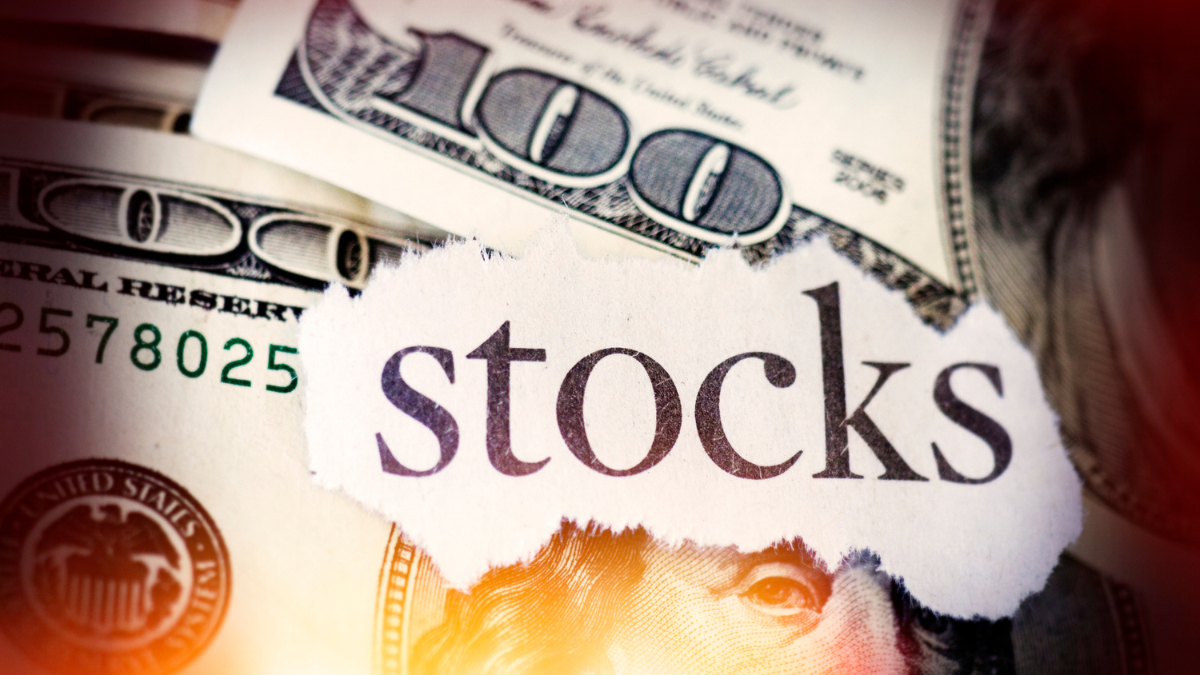Nasdaq Leads the Drop in US Stock Markets, S&P 500 (SPX) Follows
Today US stock markets turned bearish again, with Nasdaq composite leading the decline, followed by S&P 500 and Dow Jones average.

European Markets Gain While U.S. Indices Face Sell-Off
Following the approval of Germany’s fiscal reforms and a high-profile meeting between Trump and Putin, European markets closed higher, benefiting from reduced geopolitical uncertainty. However, U.S. stock markets faced another rough session, with all three major indices finishing in the red.
The tech-heavy Nasdaq was hit the hardest, as investors sold off big tech stocks, dragging the broader market lower. Concerns over an economic slowdown, potential regulatory challenges, and uncertainty surrounding Federal Reserve policy contributed to Tuesday’s decline, wiping out recent gains from the past two sessions.
Nasdaq Chart Daily – Bearish Below the 200 SMA
Wall Street’s latest sell-off has deepened yearly losses, with the Nasdaq now officially in correction territory, down more than 10% from its recent high, while the S&P 500 remains about 10% below its all-time peak.
U.S. Stock Markets Decline as Nasdaq Leads the Drop
Closing Figures for Major U.S. Indices
- Nasdaq Composite: Ended at 17,504.12 points, dropping −304.55 points (-1.71%), marking its worst session in over a week.
- S&P 500: Closed at 5,614.66 points, down −60.46 points (-1.07%), reflecting broad market weakness.
- Dow Jones Industrial Average: Declined to 41,581.31 points, losing −260.32 points (-0.62%), showing relative resilience compared to tech-heavy indices.
Key Market Drivers Behind the Decline
- Tech stocks faced heavy selling pressure, leading to significant declines in the Nasdaq as investors took profits after recent gains.
- Rising bond yields and hawkish Federal Reserve expectations fueled concerns about future interest rate cuts being delayed, weighing on equity markets.
- Cautious sentiment ahead of key earnings reports from major tech firms, particularly in AI and semiconductor sectors, added to market uncertainty.
- Broader economic concerns, including ongoing tariff discussions, global growth fears, and mixed economic data, contributed to weaker risk appetite.
Concerns about possible changes in ad revenue and heightened regulatory scrutiny caused Google to fall 4.53%. The stock did, however, make some progress and ended the day down 2.34%. Amid persistent worries about user growth and increased competition, Meta had early losses of 4.50%, while Tesla’s stock ended the day more than 5% down.
Conclusion: Markets Enter a Volatile Phase Amid Rate and Tariffs Uncertainty
The sharp decline in the Nasdaq suggests growing caution in the tech sector, as we saw earlier, with Meta (Facebook) stock, tesla shares and Nvidia leading the decline, while the S&P 500 and Dow Jones followed with moderate losses. Investors remain on edge as they assess the Federal Reserve’s policy outlook, upcoming earnings reports, and potential trade developments.
With increasing market volatility and rising bond yields, the coming sessions will be crucial in determining whether this downturn is a temporary pullback or the start of a deeper correction.





